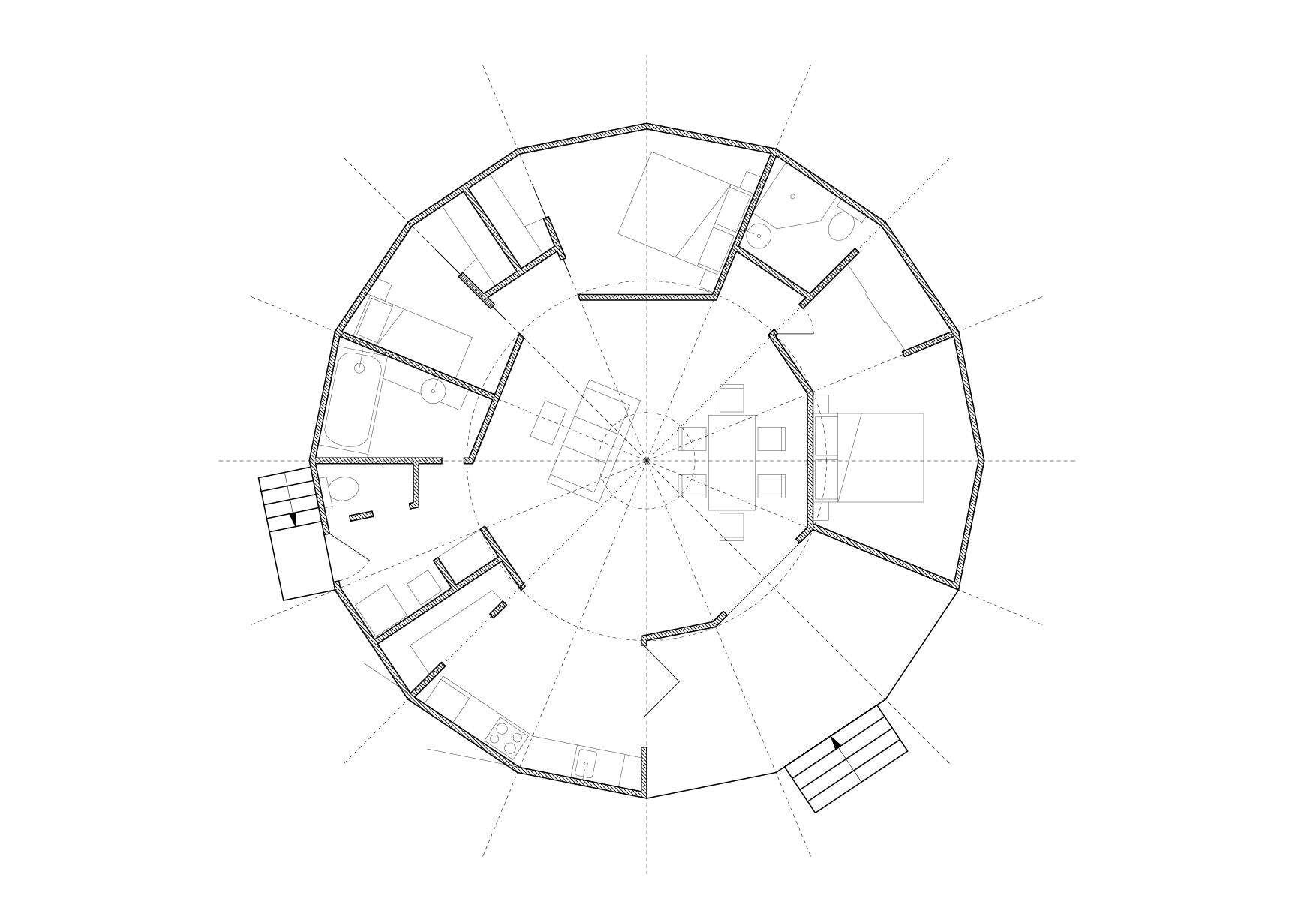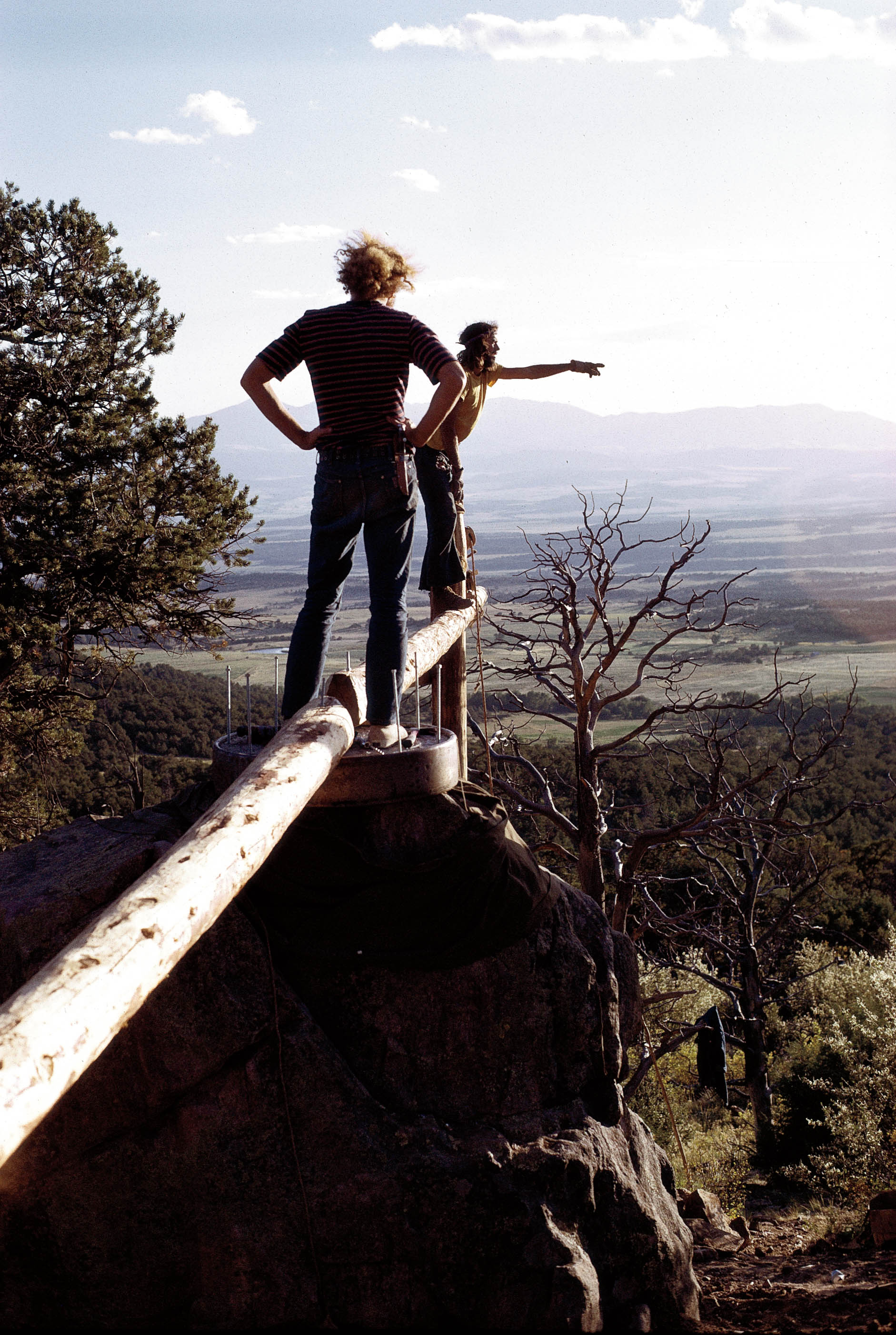Libre
Huerfano Valley, Colorado, USA
Back to the Land
Private Property
Single-Family
1968 - Present
Huerfano Valley, Colorado, USA
Back to the Land
Private Property
Single-Family
1968 - Present

During the 1960s and 70s, more than 3,000 communes were founded, disbanded, and reconfigured. After the collapse of Drop City, Colorado former residents founded Libre in Huerfano Valley, one of the longest lived intentional communities in the West. Founded in 1968 on 360 acres of land as an artist retreat, Libre attracted members from other communes, like Black Mountain Ranch and Morningstar, draft dodgers, art students, and enough people with postgraduate degrees to legally register as a school.
Libre required that everyone build their own home, out of sight of everyone else’s, and you had to be a couple. Structures included domes, zomes (domes divided into rooms), A-frame cabins, and lean-tos. There were nominal fees that went towards group expenses, like property tax, and residents got by selling art, gig jobs in the city, and occasionally, food stamps. Libre still exists today, there are twelve people that live on the land most of the year, members of the original generation. The children have grown and moved on and the residents have begun to wonder about the future of the place and reflect on their fifty-four years of existence.
Thank you to Roberta Price for her invaluable insights and stunning photographs.





Nam semper semper ex
In porttitor pellentesque sapien